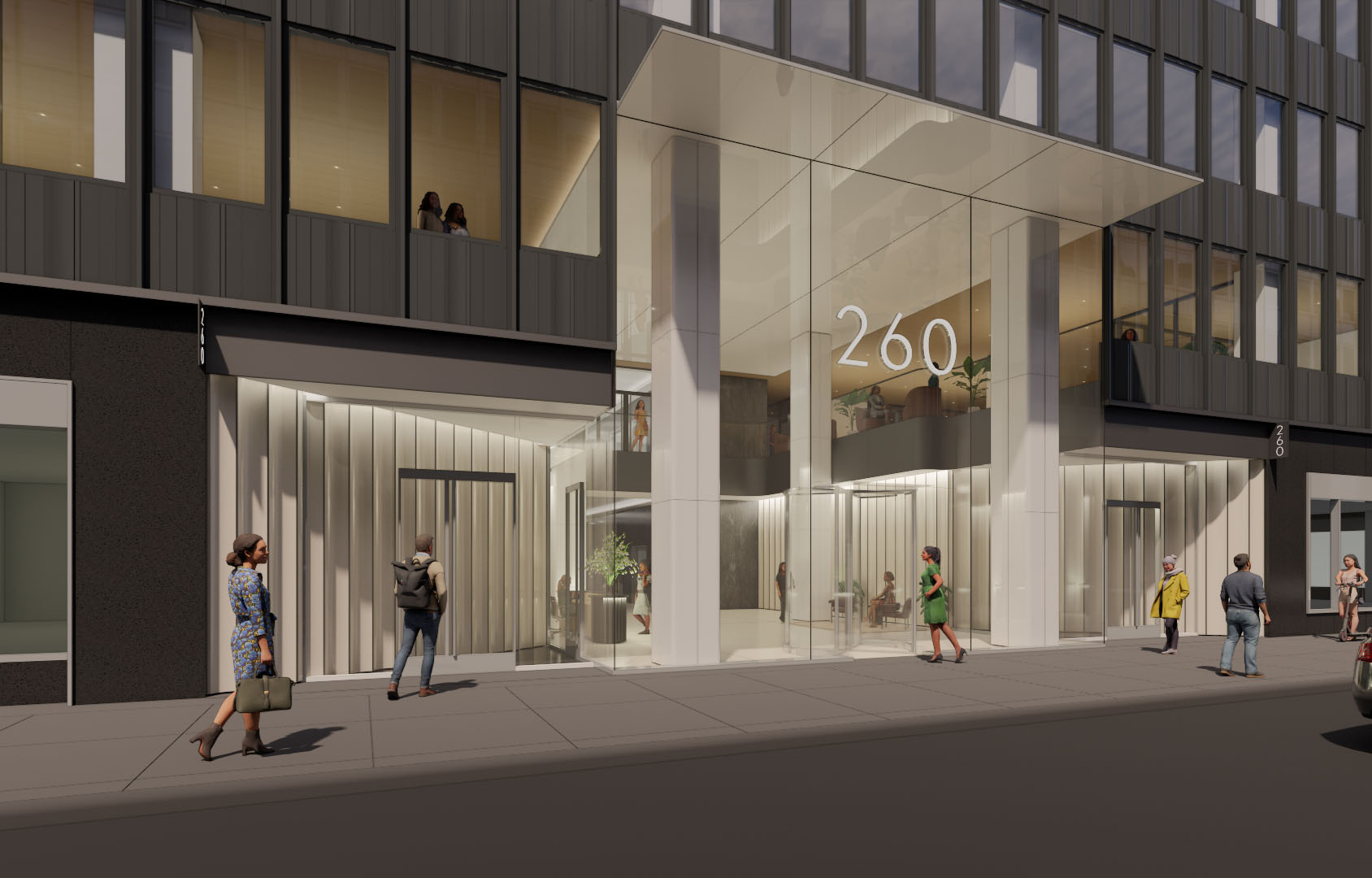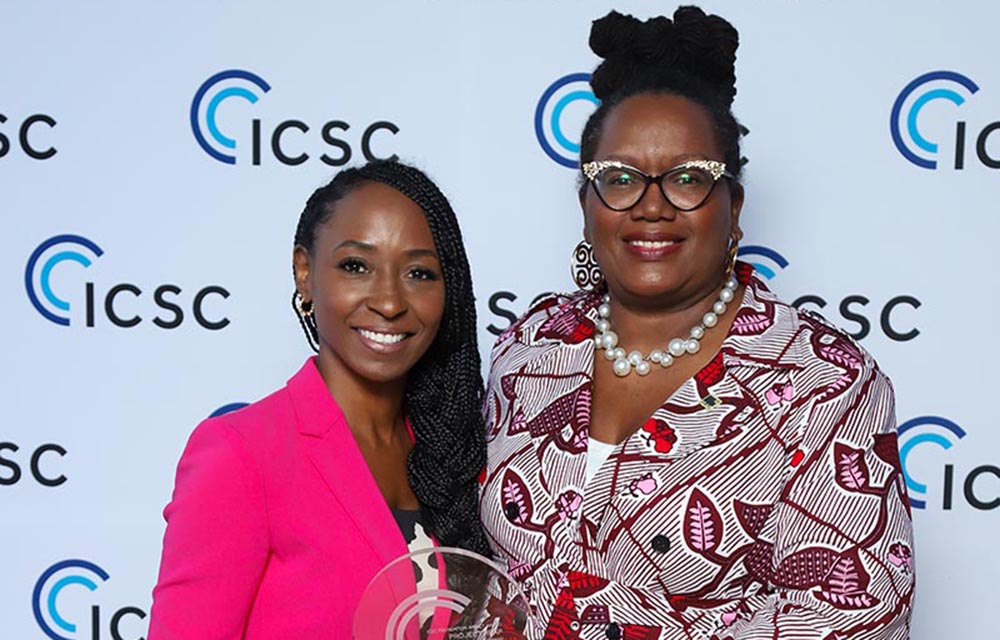Finding the solution: Mobile and in-office working in the post-COVID environment - by Thomas Vecchione

Commercial property owners and office tenants in New York and cities throughout the nation have been on a roller coaster ride since shutdowns began in March. Anyone planning for re-entry into the workplace has endured psychological whiplash as the thinking on health, safety and best practices shifted dramatically, sometimes seemingly overnight.
While many owners and employers have efficiently implemented interim safe-occupancy plans and safety protocols, most find that they are deferring to employees, who do not yet want to come back to the office. In New York City, even as summer ends and the Labor Day milestone passes, office occupancy percentages hover around the single digits. Recognizing that these numbers will remain low until there is a vaccine, owners and tenants have shifted to a long-term perspective on workplace decisions, making plans for a time when COVID has been resolved–even if this is many months away.
What will the workplace look like when we are out of this crisis? Will the office maintain a dominant role in corporate business? As for the first question, the office is evolving rapidly to become a destination for community, connection and creativity. It likely will be less of a daily residence for all employees, and more of a location to support purposeful interaction, with designated areas for brainstorming, teamwork, mentorship and focus. The new office will better facilitate mobile working, while promoting in-person connections that facilitate collaboration and productivity.
Now, to the more important question: Will the office remain as critical to business as it has been for the last century? While sentiment is complicated and confused at present, the answer is, yes. We will have a more flexible workplace going forward, but it has become increasingly clear that in-person connection is critical to rapid and effective communication, to onboarding new employees, and also to education. It is extremely important to note that nearly all businesses operate using an apprentice-style growth and education system, and this is compromised by remote working.
Employees’ appetite for flexibility and employers’ need for a robust office community was revealed in Vocon’s recent Work From Home survey of 4,100 employees and more than 25 different companies. In this snapshot-in-time, which ran throughout the shut-down, employees self-reported high productivity levels at home. In fact, many young workers voiced concern about losing flexibility and work-life balance upon the return to the office. At the same time, employees said they miss being with coworkers and find it more challenging to communicate and share information with team members. According to the survey, a full 33% feel disconnected from their coworkers and 20% feel disconnected from the company.
The survey revealed that a full 50% of GenZs and nearly the same percentage of Millennials are worried about losing flexibility in their schedule and about having to commute when the return to the workplace arrives. Some 60% of GenZs and over 50% of Millennials are concerned about maintaining a healthy work-life balance when returning to the workplace. With this increased desire for flexibility, employers must assess shifting workplace needs and how best to support employee tasks and performance to ensure producitivty. According to Gallup research, employers with remote work options have the highest employee engagement. Notably, those with no remote option and those who work remotely 100% of the time have lower employee engagement.
Despite the clear desire for remote work options, there are clear benefits to being in the workplace that are often lacking in the work from home experience. Remote workers miss out on being part of a community, which sometimes leads to feelings of isolation and loneliness. Full-time remote work can make it more difficult for an employee to feel connected to and involved in daily company happenings, contributing to lower morale. Losing casual collisions and being away from coworkers make it more challenging to build relationships, spark ideas and stay up-to-date on what others are working on. Studies have found that one-third of remote workers never have any face-time with their team.
Research shows that what remote workers may gain in productivity, they often miss in harder-to-measure benefits like creativity and innovative thinking. Studies have found that people working together in the same room tend to solve problems more quickly than remote collaborators, and that team cohesion suffers in remote work arrangements. This sense of disconnection may be increasing as the period of disruption stretches on, and the initial burst of productivity employees reported may be eroding as disconnection increases.
As property owners and employers accept the reality of an extended crisis period they are adopting a calculated approach that balances both the near-term and the long-term, addressing employee desire for flexibility and choice with opportunities for more in-person interaction when we move past the crisis. If work can happen anywhere, the workplace will be the common ground that encourages community, ideation and creativity–a place designed to capture the spark of human connection. It increasingly appears that the benefits of this connection outweigh the benefits of full-time remote work.
Thomas Vecchione is a principal at Vocon, New York, N.Y.
AmTrustRE completes $211m acquisition of 260 Madison Ave.


Behind the post: Why reels, stories, and shorts work for CRE (and how to use them) - by Kimberly Zar Bloorian

AI comes to public relations, but be cautious, experts say - by Harry Zlokower

Strategic pause - by Shallini Mehra and Chirag Doshi









.jpg)

.gif)